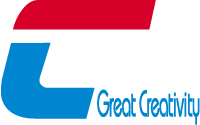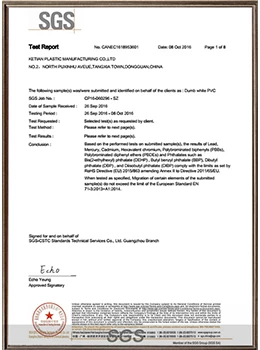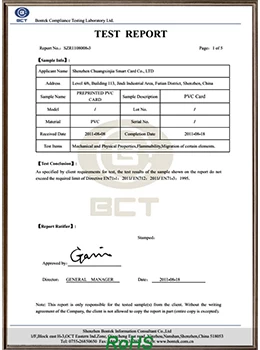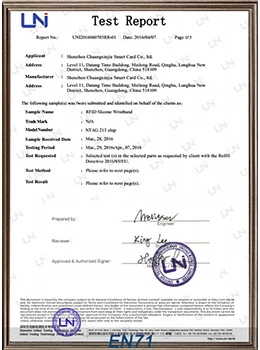Why Use RFID Clothing Tags On Branded Clothes?
Chuangxinjia
www.nfctagfactory.com
2019-05-15 14:53:11
RFID technology has received much attention as a key technology for building the "Internet of Things". RFID tags are in full swing in China's retail industry due to their better security, large data flow, long service life and easy to read. More than 60% of the products sold by cosmetics and jewelry retailers in Europe and the United States carry RFID tags.
Among them, clothing retail industry has been the main application of RFID. In the past three or five years, RFID clothing tags used in apparel retailing have been the most common. From Macy's, to Decathlon, Uniqlo, Heilan home, especially after the promotion and application of Uniqlo, the retail application of RFID technology has been close to 90% in the past three years.
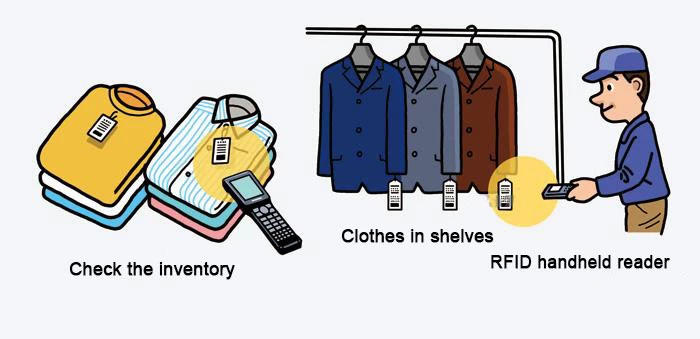
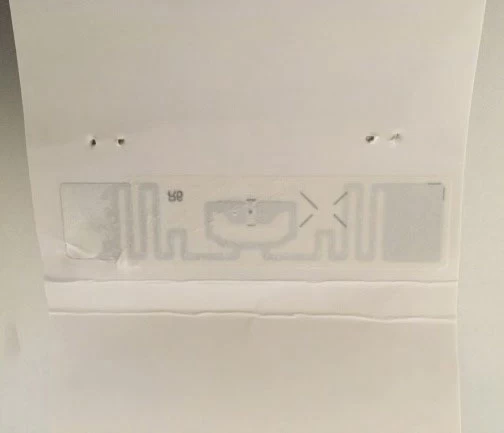

Among them, clothing retail industry has been the main application of RFID. In the past three or five years, RFID clothing tags used in apparel retailing have been the most common. From Macy's, to Decathlon, Uniqlo, Heilan home, especially after the promotion and application of Uniqlo, the retail application of RFID technology has been close to 90% in the past three years.

The status of RFID clothing tags
ZARA, the representative brand of the clothing retail industry, only needs 15 days from the design concept to the product put on sale, such high efficiency is inseparable from the support of RFID technology. With the wide application of RFID tags in uniqlo, hailan home, la chapelle, decathlon and other clothing brands, the popularity of RFID in the fashion brand industry has become the trend of the times.
ZARA, the representative brand of the clothing retail industry, only needs 15 days from the design concept to the product put on sale, such high efficiency is inseparable from the support of RFID technology. With the wide application of RFID tags in uniqlo, hailan home, la chapelle, decathlon and other clothing brands, the popularity of RFID in the fashion brand industry has become the trend of the times.

What are the advantages of RFID clothing tags?
1. Improve sorting efficiency
In the clothing industry, sorting is an important link in the logistics distribution system. Its direct human resources account for more than 50% of the logistics distribution system. Picking time accounts for 30% to 40% of the entire delivery time. The cost of picking operations accounts for 15% to 20% of total distribution cost. Rational use of RFID technology can greatly reduce sorting operation time and reduce enterprises costs.
2. Automatic management of raw materials
Encode the purchased materials and attach the RFID tag as the unique identification to realize the automatic management of raw material purchasing and warehousing, taking material out of warehouse, returning material to the warehouse and shipping, etc. By establishing material supply data files, material quality and price can be effectively controlled.
3. Commissioned processing control
The ordered commodity bar code is distributed to each OEM manufacturer, so as to find the quality problem and investigate the responsibility of the original manufacturer when accepting and selling the goods.
4. Improve inventory efficiency
Using RFID technology can accurately read all the data of the whole box of goods at one time, the clerk does not need to check the goods one by one. RFID handheld readers can also read 5-7 items at a time, greatly reducing the inventory time.
1. Improve sorting efficiency
In the clothing industry, sorting is an important link in the logistics distribution system. Its direct human resources account for more than 50% of the logistics distribution system. Picking time accounts for 30% to 40% of the entire delivery time. The cost of picking operations accounts for 15% to 20% of total distribution cost. Rational use of RFID technology can greatly reduce sorting operation time and reduce enterprises costs.
2. Automatic management of raw materials
Encode the purchased materials and attach the RFID tag as the unique identification to realize the automatic management of raw material purchasing and warehousing, taking material out of warehouse, returning material to the warehouse and shipping, etc. By establishing material supply data files, material quality and price can be effectively controlled.
3. Commissioned processing control
The ordered commodity bar code is distributed to each OEM manufacturer, so as to find the quality problem and investigate the responsibility of the original manufacturer when accepting and selling the goods.
4. Improve inventory efficiency
Using RFID technology can accurately read all the data of the whole box of goods at one time, the clerk does not need to check the goods one by one. RFID handheld readers can also read 5-7 items at a time, greatly reducing the inventory time.

RFID application in the retail industry has achieved a compound annual increase rate of 40%, and the retail industry (especially the clothing industry) will become the fastest growing industry of RFID applications. The global retail UHF RFID market in 2016 totaled $1.07 billion. This figure will reach $3.8 billion in 2020, and the market share will reach 21.85%. It can be seen that the popularity of RFID tags in the clothing industry is just around the corner in the future.
